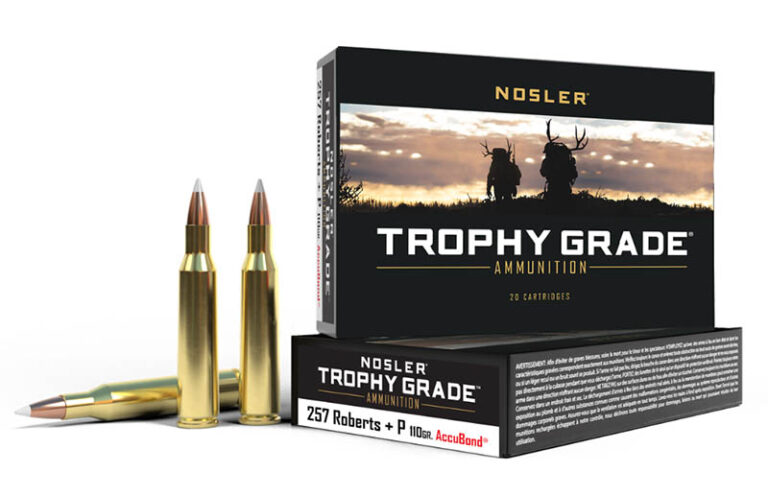
Performance-wise, .257 Roberts can keep up with the best of them, so why is this cartridge so overlooked?
A lot of people think .257 Roberts is a total Fudd cartridge. An anachronism, destined for the brass pile of history. It's a shame, too, because it has nearly all the virtues modern rifle shooters look for in any cartridge bigger than .223 and lighter than .308.
Unfortunately, .257 Roberts has long suffered from a botched release (more on that soon) and never got quite the same development as other more popular cartridges.
This raises the question, what should you know about .257 Roberts? Does it deserve to get dusted off for a reappraisal in the modern era? Or is it time to just let Bob die?
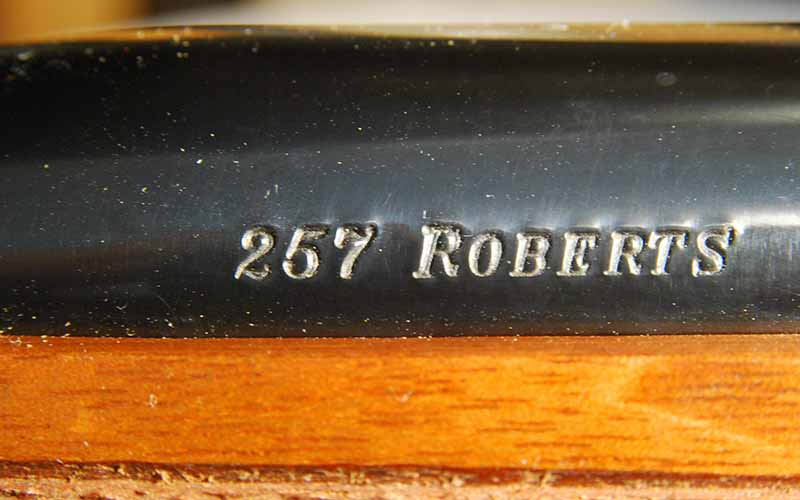
History Of .257 Roberts
The .257 Roberts started life as a wildcat, devised by gunwriter and tinkerer Ned Roberts in the 1920s who tried his hand at necking down a case to shoot a smaller bullet. The idea, as always, was to decrease recoil and gain ballistic advantage through sheer velocity.
The parent case is 7x57mm Mauser. Roberts necked it down to .25 caliber (6.35mm) while changing the neck angle to 15 degrees for a long neck while keeping the original powder charge.
Initially dubbed .25 Roberts, it was eventually stumbled upon by Remington and the company decided to make a few changes and introduce it commercially. Remington increased the projectile size to .257 (6.53mm) and named it Roberts after its creator.

As a result, the projectile could potentially gain anywhere from 200 to 400 feet per second (depending on the bullet, powder charge, barrel length, etc.) over .250-3000 Savage, the other popular cartridge of that caliber from this era.
Remington's idea was to put out a new caliber that was equally adept at blasting woodchucks, prairie dogs and other varmints but would also make a fantastic medium-game hunting round—a combination of attributes prized at the time.
The .257 Roberts In Action
When Remington released the .257 Roberts in 1934, it was initially praised as a dual-purpose cartridge. It was praised for its light recoil and excellent accuracy, but it was hampered by the rotten factory ammunition of the era in two key respects.
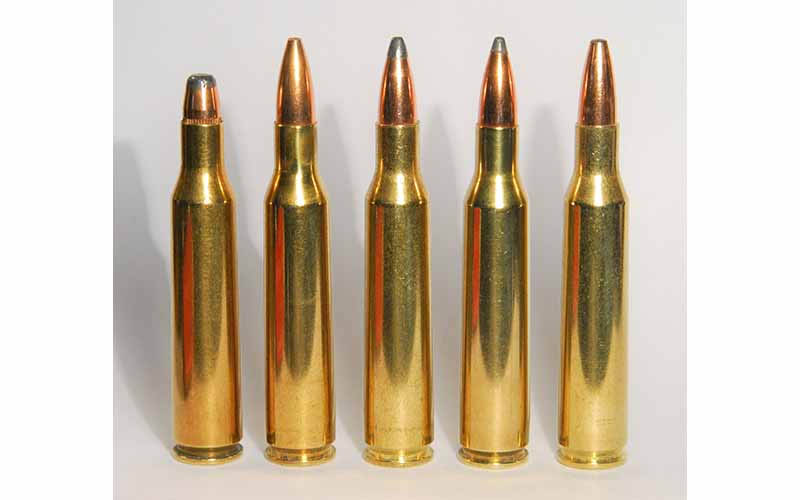
First, .257 Roberts was loaded lighter than necessary. The ammunition makers of the day did not want to take chances with chamber pressure, so it was generally only loaded to about 51,000 psi—much lighter than most rifle calibers today. There's a good reason for that. If someone rebarreled a surplus rifle (Spanish Mausers and Type 38 Arisaka rifles were commonly rebarreled to .257 Roberts), there’s a good chance it wouldn’t withstand the pressure.

Second, Remington elected to use a 117-grain round-nose soft point as the hunting load. Factory velocity for the 117-grain bullet was a lackluster 2,650 fps, the literal equivalent of the .250-3000 Savage. That won it few fans overseas and severely hampered its trajectory, limiting its useful range.
Handloaders were quick to realize that a bit more powder and a more aerodynamic projectile would propel a 117-grain spitzer to 2,800 fps or more. However, just like today, most people back then relied on available factory ammo rather than handloads.
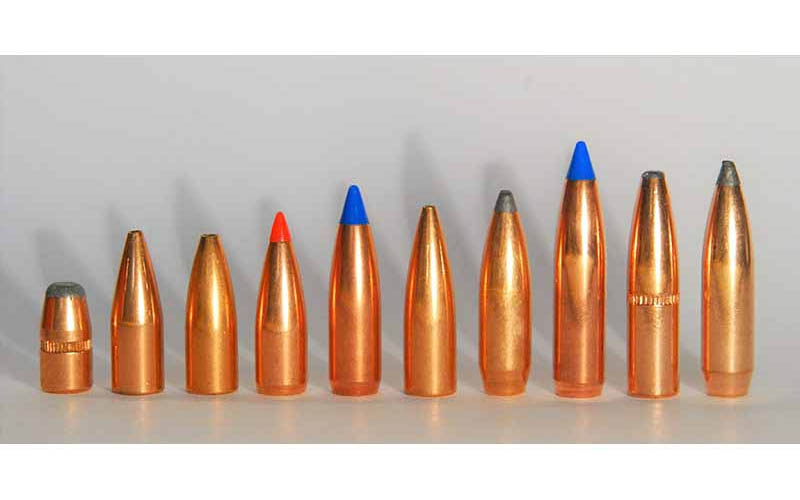
PO Ackley also created an improved version—the aptly named .257 Ackley Improved—which is quietly considered an absolute Goldilocks rifle cartridge. However, given ammunition is (and always has been) very hard to come by, the improved round never really caught on either.
Making matters worse, Remington decided to squeeze the cartridge into short-action rifles (7x57mm Mauser is halfway between .308 and .30-06) which hampered accuracy as there was less leade for the longer, heavy-for-caliber bullets. Worse still, when Winchester released the .243 Winchester in 1955, just about everyone quickly discovered it did everything .257 Roberts did, arguably did them better, and did so for less money.
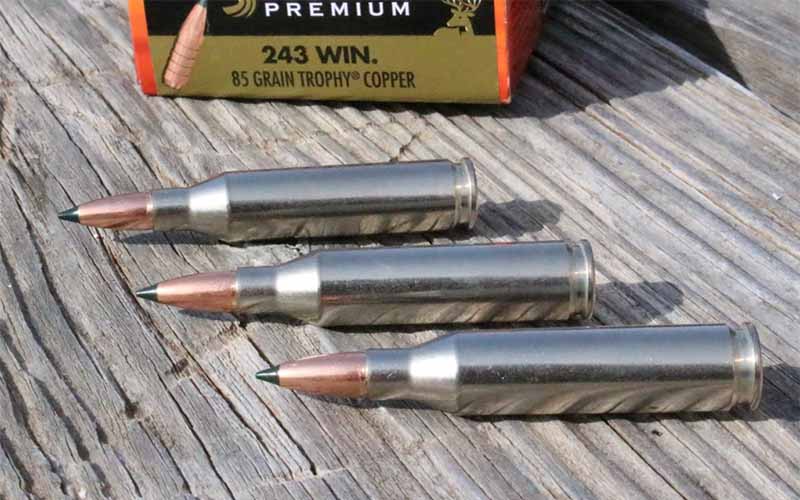
The .257 Roberts has been dying a slow death ever since. Modern loads exist for it, but few people buy them.
.257 Roberts Vs. .243 Winchester
To give you an idea of what the classic .257 Roberts load is capable of, here's a 1,000-yard trajectory table for Remington's 117-grain soft point load with a G1 BC of .240. All tables were built using Shooter's Calculator with a 100-yard zero, a 1.5-inch height-over-bore, a 90-degree 10 mph crosswind and no corrections for atmosphere.
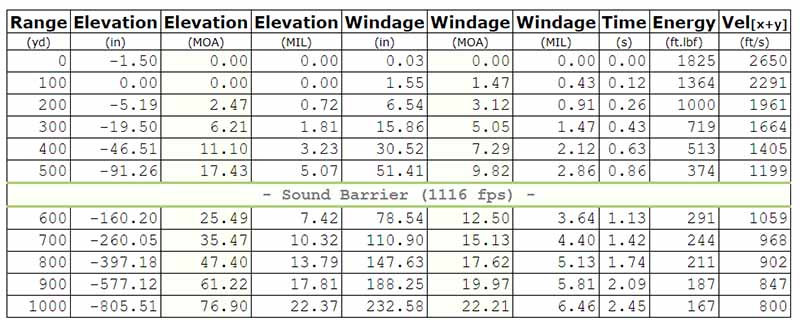
As you can see, it drops quickly, goes transonic just after 550 yards and in general, is not much to write home about.
By contrast, here's a trajectory table for Hornady's American Whitetail load in .243 Winchester using a 100-grain soft point bullet and a G1 BC of .405:
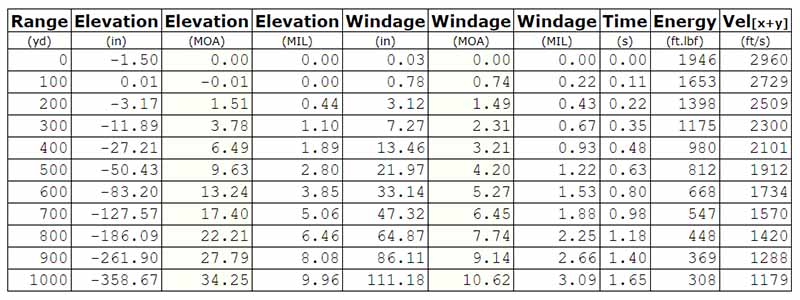
The .243 Winchester drops dramatically less, is still supersonic at 1,000 yards and still has more energy at 650 yards than the average .357 Magnum has at the muzzle. Given that this load of .243 has about the same recoil energy…there's no reason to even think about ol' Bob…
…unless you picked up a more contemporary load for it, as modern .257 Roberts +P is a different animal. This is what the trajectory looks like for Nosler's 110-grain AccuBond +P Trophy Grade load with a G1 BC of .418:

With additional velocity and a modern high-BC bullet, .257 Roberts remains supersonic past 1,000 yards and has more energy at 800 yards than a .357 Magnum has at the muzzle. Not too shabby.
Modern .257 Roberts +P satisfies the 1,000-foot-pound minimum for big game out to 500 yards, and when zeroed for maximum point-blank range it can hit within 3.5 inches of point of aim to 300 yards.
If that is, you could ever find any ammo to buy.
What Is .257 Roberts Good For?
As the ballistic tables demonstrate, .257 Roberts in its classic factory loading is underpowered and drops more than .243 Winchester, all while costing more than it should for the dearth of benefits.
Sure, you could use it to shoot varmints or hunt, but there’s no good reason to when .243 Winchester exists.
In modern +P loadings, however, .257 Roberts is capable of everything .243 Winchester is. It could be effectively used on medium game and varmints at some fairly impressive ranges, and it would make a sheep, mountain goat and pronghorn cartridge par excellence. With the right rifle and right load, it would even make a capable precision rifle cartridge as well given its recoil energy of less than 11 foot-pounds.
In short, .257 Roberts can still be an absolutely viable cartridge when it comes to performance, but what about ammo availability?
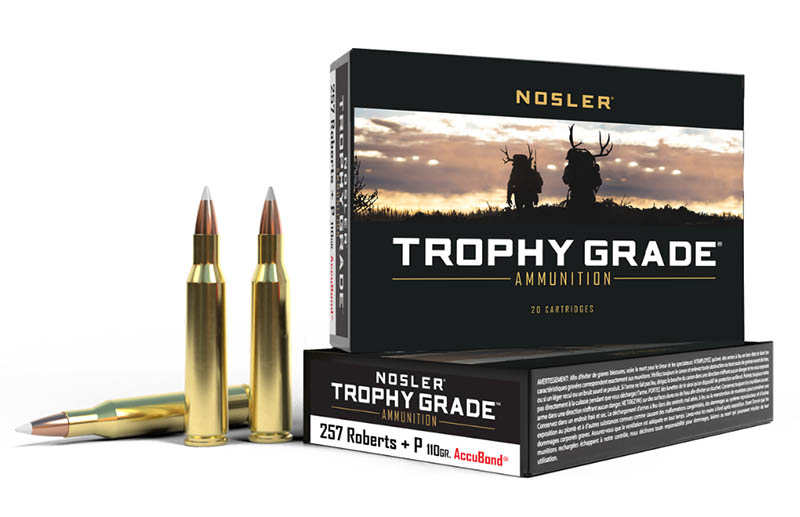
Is .257 Roberts Ammo Still Made?
Yes, manufacturers do still make .257 Roberts, but not in any significant volume. Most ammo shops you visit likely won’t even have any in stock.
Browsing online retailers tells a similar story. At the time of writing, sites like MidwayUSA and GrabAGun only have a handful of loads listed, none of which are currently available. Further, AmmoSeek didn’t return a single in-stock result. Finding factory .257 ammo for sale is difficult, to say the least.
Rifles chambered for .257 Roberts are also hard to come by these days. The online retailers we perused had zero new-production rifles for sale, and only secondhand outlets like GunBroker had a few used options.
The point is that despite modern bullets making this venerable old cartridge vastly more capable, you can't get the ammo, you can barely get a rifle and the truth is other cartridges perform pretty much the same while having ammo and guns available for them.
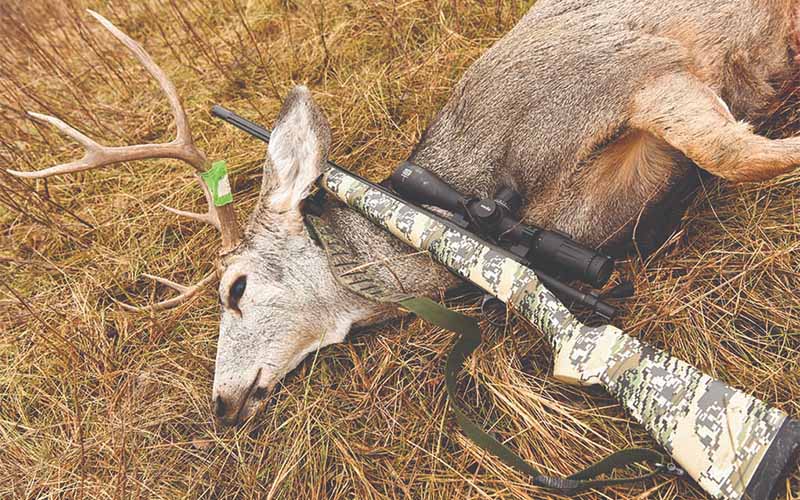
.257 Roberts Is Dead Or Dying, There Are Other Options
The only reason to fool with .257 Roberts anymore is because you inherited a rifle from a relative, and even then you're going to have a hard time feeding it. Frankly, rebarreling the gun would pay for itself if you shot it enough. The fact of the matter is this cartridge is dead or dying, and there's almost no reason to resuscitate it.
Light-recoiling, multi-purpose rifle cartridges exist outside of .257 Roberts.

For example, .243 Winchester is ridiculously available, affordable and can be found in bolt-action and modern semi-auto rifle platforms.
The same is true of 6mm Creedmoor, 6.5mm Creedmoor and .260 Remington, all of which are highly capable light-to-medium game-getters even at long range, are excellent for varmints and have been used to win a bevy of precision rifle matches. The same is also true for 7mm-08 Remington.
Every single one of the mentioned calibers is light enough for youth hunters and is a fantastic varmint, predator and light game (even some heavier game; 6.5mm Creedmoor and 7mm-08 are more than viable for elk, moose and black bear) cartridge, not to mention, are available in a variety of different platforms.
While more than capable on paper, the availability of guns and ammo is simply the final nail in the coffin for .257 Roberts.
As fond as some people might have been of it at one point, it's time to let it go. The cartridge had its day, but now it's over.
Editor's Note: The section on bullet diameter was modified to provide more clarity.
Raise Your Ammo IQ:
- Beyond The 6.5 Creedmoor: The Other 6.5 Cartridges
- The Lonesome Story Of The Long-Lost 8mm
- Why The .300 H&H Magnum Still Endures
- .350 Legend Vs .450 Bushmaster: Does One Win Out For Hunting?

Next Step: Get your FREE Printable Target Pack
Enhance your shooting precision with our 62 MOA Targets, perfect for rifles and handguns. Crafted in collaboration with Storm Tactical for accuracy and versatility.
Subscribe to the Gun Digest email newsletter and get your downloadable target pack sent straight to your inbox. Stay updated with the latest firearms info in the industry.

![Best Concealed Carry Guns In 2025 [Field Tested] Wilson Combat EDC X9S 1](https://gundigest.com/wp-content/uploads/Wilson-Combat-EDC-X9S-1-324x160.jpg)


![Best 9mm Carbine: Affordable PCCs [Tested] Ruger Carbine Shooting](https://gundigest.com/wp-content/uploads/Ruger-Carbine-Shooting-100x70.jpg)
![Best AR-15: Top Options Available Today [Field Tested] Harrington and Richardson PSA XM177E2 feature](https://gundigest.com/wp-content/uploads/Harrington-and-Richardson-PSA-XM177E2-feature-100x70.jpg)

Of course not. I wish dumbass people like you would stop saying crap like that.
Great caliber! I have 3 of them: Browning BLR, Ruger #3, and unfired Winchester mod. 70. All are super accurate with the Ruger being a unbelievable tack driver. I believe brass can be fire formed from 7×57 mauser although I haven’t had any problem finding it on line. At my age (77) I’m about through traipsing through the brush for white tails and elk but I still like punching paper with a weapon that DOESN’t kill on both ends. You can’t go wrong with Bob as far as I’m concerned!
I inherited one from my father don’t know how to reload the ammo but I will never get rid of it I have to many memories of him with it I will learn how to reload one of those days it was a gun for people that knew how to reload there own ammo and listen to everyone else talk about how good the working end of the barrel was no matter what it was pointed at
Got three rifles chambered for .257 Roberts and have lost count of the deer and other game they have taken. My favorite rifles that I own.